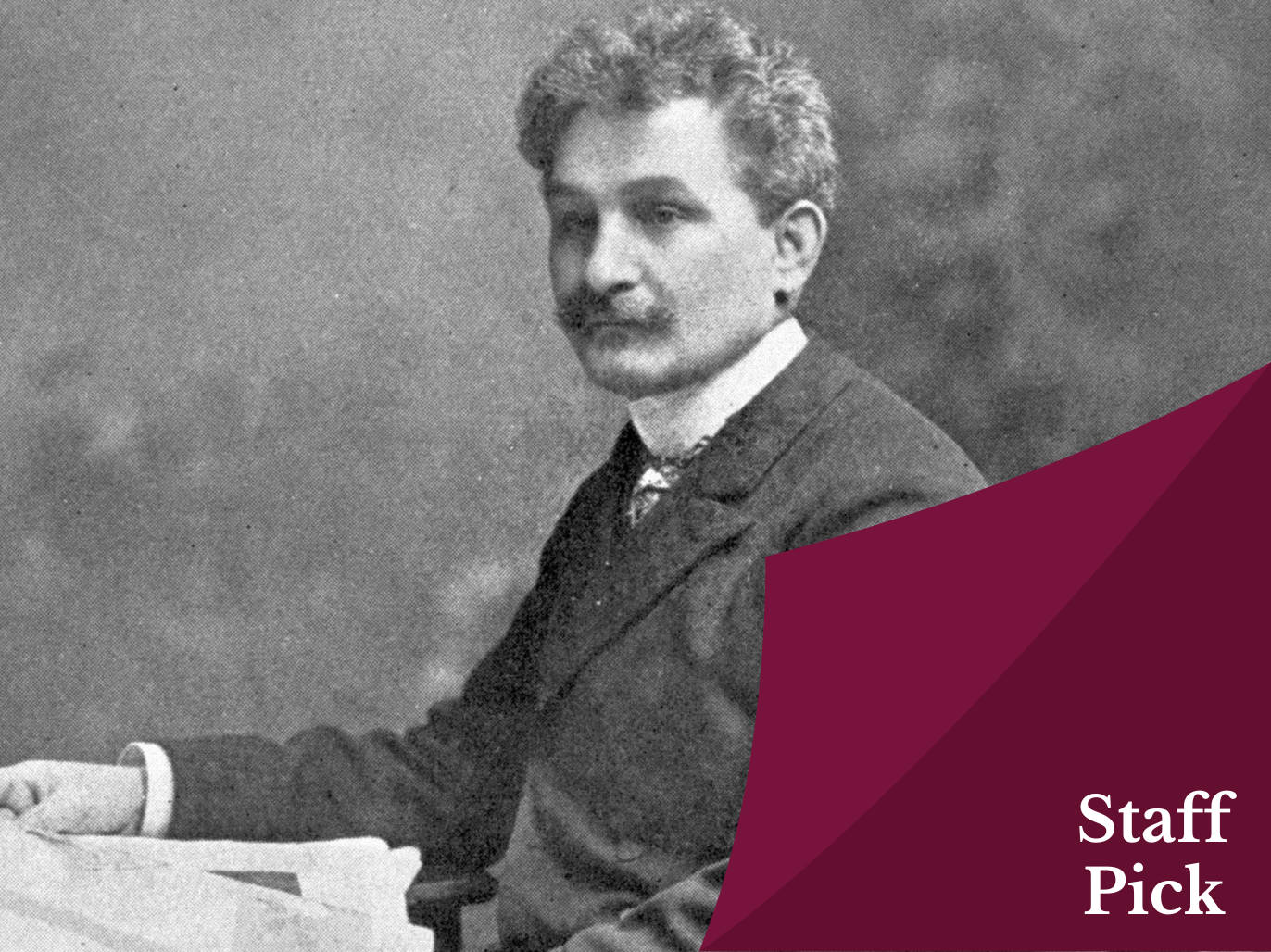Janáček wrote the work in 1926, dedicating it “to the Czechoslovak Army.” I don’t usually listen to ceremonial or military-style music, but the Sinfonietta is a richly orchestrated and satisfyingly textured piece of music that has a bit of everything: majestic, blow-your-socks-off fanfares; hauntingly beautiful woodwind solos; and captivating melody lines that travel — sometimes scurrying, sometimes flying — around the orchestra.
The lyrical, folk-inspired melodies of 19th- and 20th-century Czech works, often named after specific places, conjure vivid images as I listen and allow me to imagine the landscapes as the composers might have seen them.. Aside from the opening fanfare, the Sinfonietta’s movements are all named after iconic places in Brno, the historic city where Janáček spent much of his life. For me, this is what makes the piece stand out from other ceremonial works; its proud military fanfares and folk melodies make it boldly patriotic, yet it also contains emotional elements that reflect Janáček’s personal connection with his home. Here are a few of my favorite moments…

